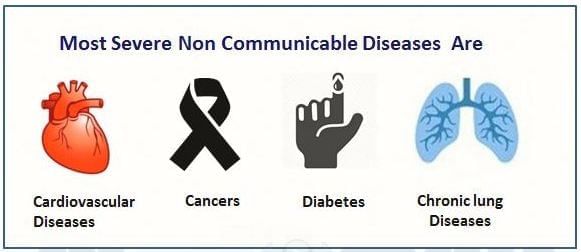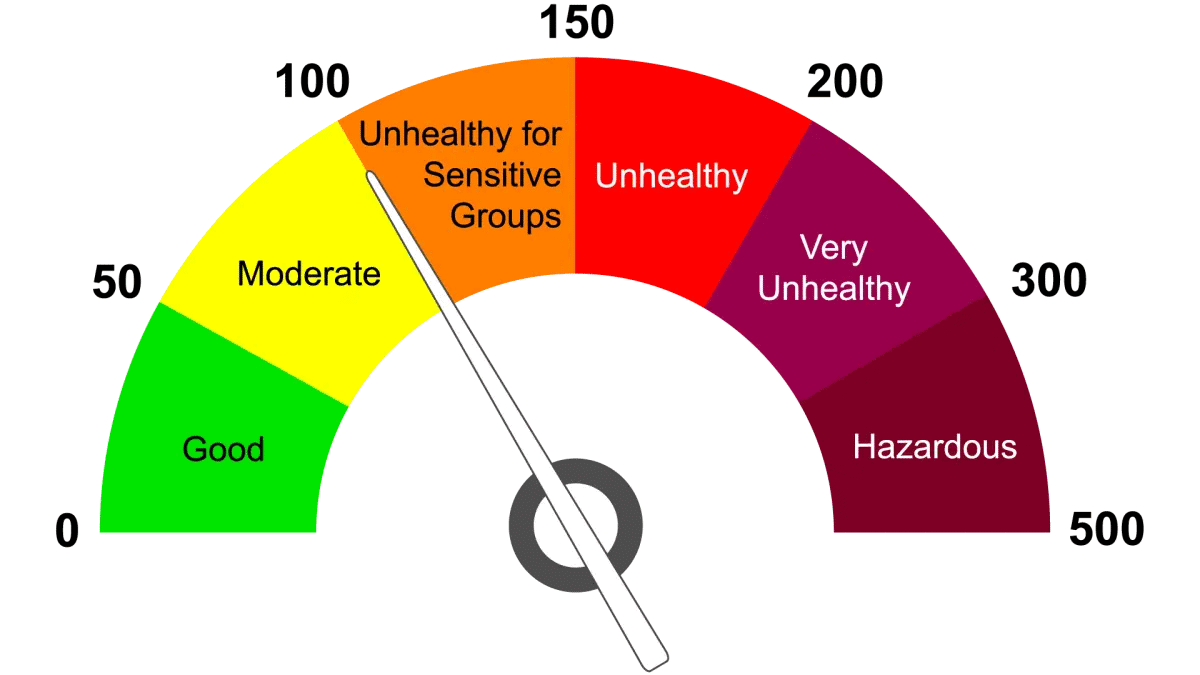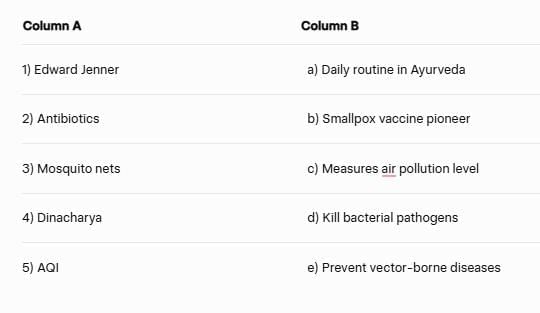Worksheet: Health: The Ultimate Treasure | Worksheets with Solutions for Class 8 PDF Download
| Table of contents |

|
| Multiple Choice Questions (MCQs) |

|
| Fill in the Blanks |

|
| True or False |

|
| Very Short Answer Questions |

|
| Short Answer Questions |

|
| Match the Following |

|
Multiple Choice Questions (MCQs)
Instruction: Select the correct option for each question.
Q1. According to WHO, health means:
a) Only absence of disease
b) Physical fitness only
c) Complete physical, mental, and social well-being
d) Ability to work hard
Q2. Which is a sign, not a symptom?
a) Pain
b) Tiredness
c) Dizziness
d) Fever
Q3. Which disease is non-communicable?
a) Typhoid
b) Dengue
c) Diabetes
d) Chickenpox
Q4. Vaccines protect by:
a) Killing pathogens directly in the body
b) Teaching the immune system to recognize germs
c) Giving energy to white blood cells
d) Replacing antibiotics
Q5. Which factor commonly increases risk of NCDs?
a) Playing outdoors
b) Balanced diet
c) Longer lifespans and less physical activity
d) Handwashing

Fill in the Blanks
Instruction: Fill in the blanks with the correct word based on the chapter.
Q1. The body’s ability to fight diseases is called ______.
Q2. Using weakened or inactive germs to train the body’s defense is called a ______.
Q3. Taking antibiotics without need can lead to antibiotic ______.
Q4. Building and using toilets helps prevent diseases spread through contaminated ______.
Q5. Practising ______, like deep breathing, supports mental health in Ayurveda.
True or False
Q1. Washing hands with soap helps prevent the spread of communicable diseases.
Q2. Antibiotics can kill viruses like the flu.
Q3. A headache is considered a symptom because it is experienced by the patient.
Q4. Sharing towels with others can increase the risk of spreading infectious diseases.
Q5. Non-communicable diseases like cancer and asthma can spread by contact with an infected person.
Very Short Answer Questions
Instruction: Answer the following questions in one line.
Q1. What does WHO say about health?
Q2. Name one vector that spreads communicable diseases.
Q3. What is the term for the body’s natural defense system?
Q4. Which discovery led to modern antibiotics?
Q5. What does AQI stand for?

Short Answer Questions
Instruction: Answer the following questions in 2–3 lines.
Q1. How did screen time and loneliness affect student’s health?
Q2. How do communicable diseases spread through air?
Q3. Why should we finish a full course of antibiotics?
Q4. How does community sanitation improve health?
Q5. Why are relationships important for health?
Match the Following
Instruction: Match Column A with the correct option in Column B.

Check the worksheet solutions here.
FAQs on Worksheet: Health: The Ultimate Treasure - Worksheets with Solutions for Class 8
| 1. What are the key components of health as discussed in the article? |  |
| 2. How can one maintain good health according to the article? |  |
| 3. What are some common health issues highlighted in the article? |  |
| 4. Why is mental health considered as important as physical health in the article? |  |
| 5. What role does nutrition play in health according to the article? |  |
















